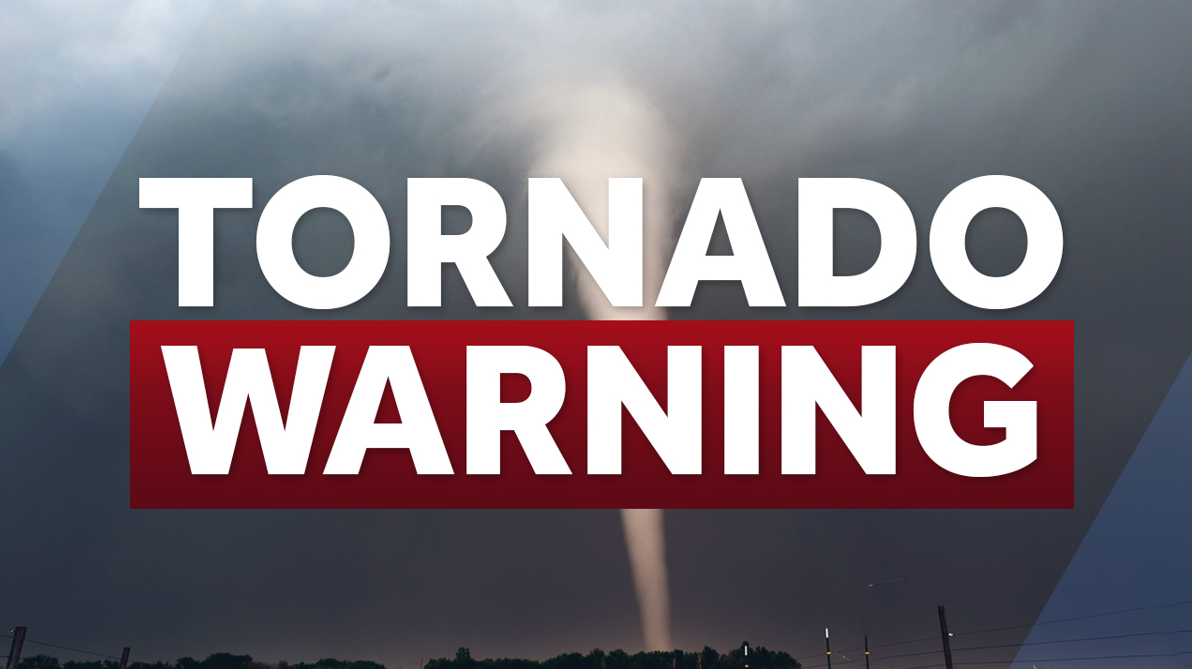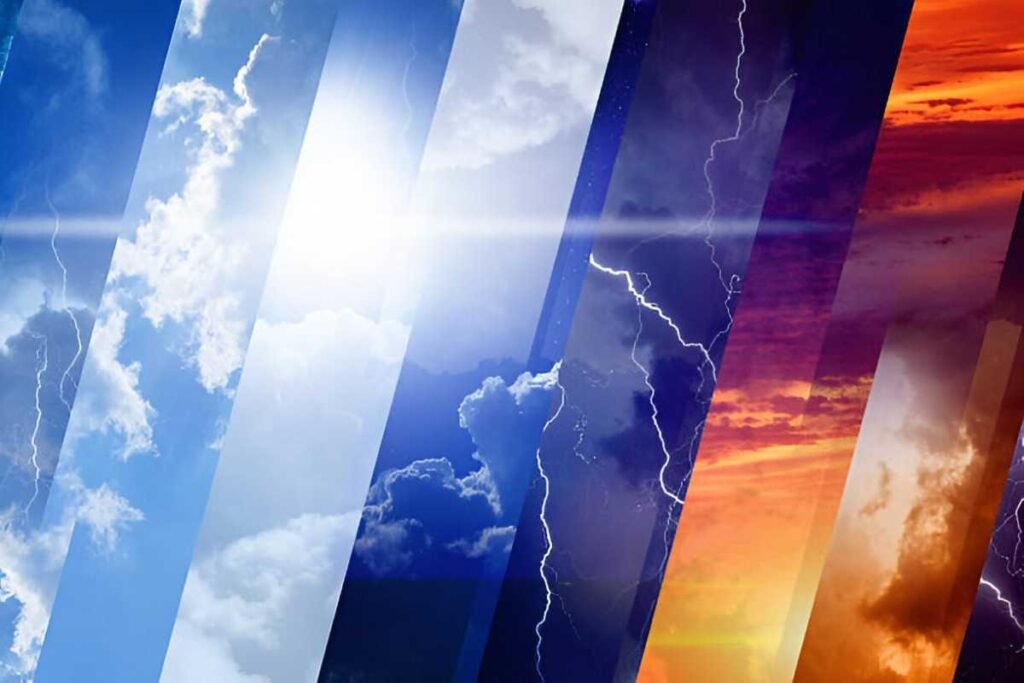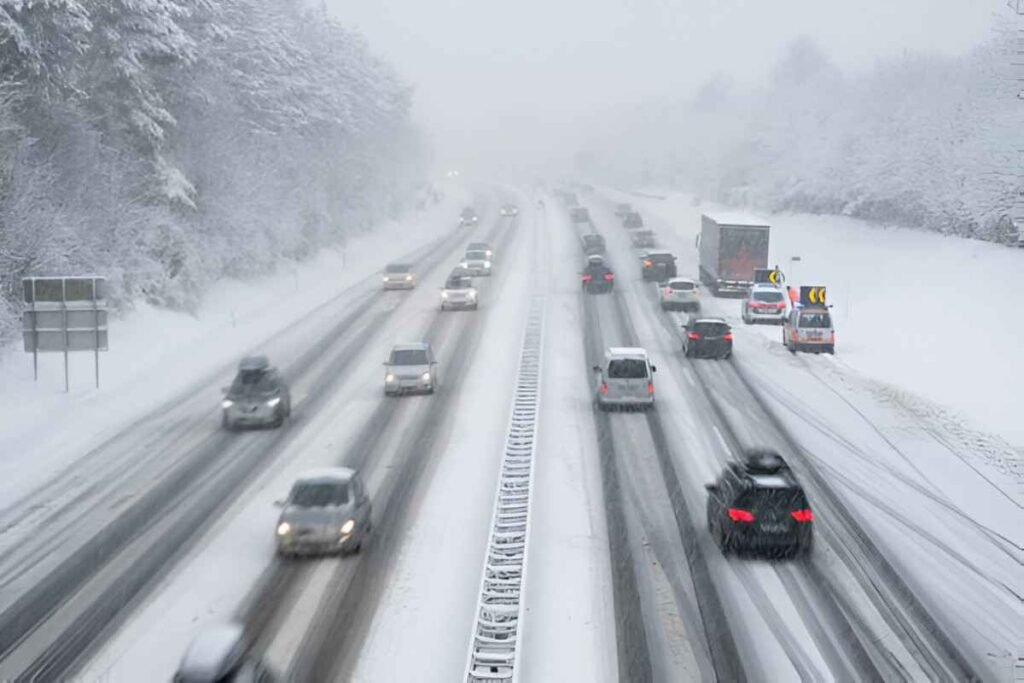Dateline: March 31, 2025
The National Weather Service’s Storm Prediction Center has issued a Tornado Watch for parts of Illinois, Indiana, Michigan, Kentucky, and Missouri, effective through the evening of March 30, 2025. This watch indicates favorable conditions for tornado development in the specified areas.
As the system progresses, approximately 92 million people from the Northeast to the central Gulf Coast are under threat of severe weather on March 31, 2025. The primary concerns include damaging winds, large hail, and the potential for strong tornadoes.
Regional Impacts and Forecasts
Northeast and Mid-Atlantic:
The severe weather system is expected to impact areas from central New York to southeastern Louisiana. Residents in these regions should prepare for strong to severe thunderstorms capable of producing damaging winds and isolated tornadoes.
Southeast and Gulf Coast:
States along the central Gulf Coast, Southeast, and parts of the Carolinas and Virginia are under an Enhanced Risk for severe thunderstorms on March 31, 2025. The primary threats include scattered to widespread damaging winds and several tornadoes.
Texas:
In Texas, a cold front is triggering severe thunderstorms across North and East-Central regions. The National Weather Service has highlighted areas along and east of Interstate 35 and along/south of Interstate 30 as being at heightened risk. Potential hazards include large hail and damaging winds, with the most severe conditions anticipated between 4 p.m. and 10 p.m. on March 30, 2025.
Cities such as Texarkana, Longview, and Nacogdoches are under a Level 3 risk (on a scale of 1 to 5) for severe weather, indicating a higher likelihood of significant storms. Further south, areas including Dallas, Tyler, and Waco face a Level 2 risk, while Austin is under a Level 1 risk. San Antonio has minimal storm chances, with only a 10% probability of isolated storms.
Alabama:
The University of Alabama has issued a severe weather alert, anticipating an enhanced risk of severe weather from 6 a.m. to 10 a.m. on March 31, 2025. All modes of severe weather are possible, including tornadoes, damaging winds with gusts up to 70 mph, and large hail up to golf ball size.
Safety Recommendations
Residents in the affected areas are advised to:
- Stay Informed: Regularly monitor local news outlets and the National Weather Service for updates.
- Prepare Emergency Kits: Assemble essential items, including water, non-perishable food, flashlights, batteries, and first-aid supplies.
- Identify Safe Shelters: Know the location of the nearest storm shelter or a safe room within your home, preferably on the lowest floor, away from windows.
- Review Emergency Plans: Ensure all family members are aware of the emergency plan and communication strategies.
Conclusion
The severe weather system poses a significant threat to a large portion of the United States. Residents are urged to take necessary precautions, stay informed, and prioritize safety as conditions evolve.





